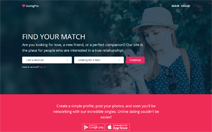Onboarding: Hows

Continuing our previous conversation about user onboarding on your site, why it’s needed, how it can be used and how to create one.
Today we’ll talk about what types of onboarding exist and how to create a strategy for your onboarding.
Types of onboarding
1. Coach Screens
Preliminary tutorials and walkthroughs.
This type is the most popular, but not the most effective type of onboarding – many users skip the tour and go straight to the service.
If you want to add this type of instructions at the site entrance, do not show all of the features, show your users the benefits of your service.
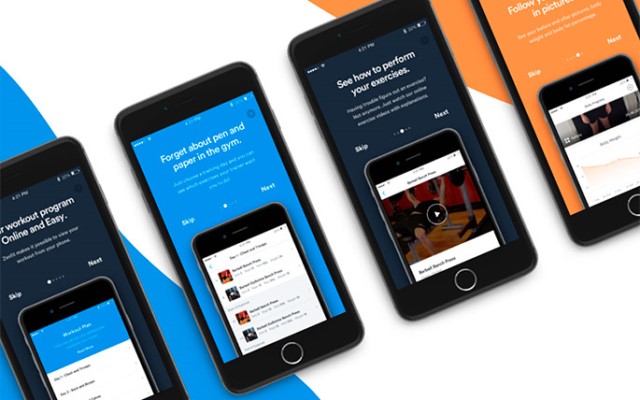
2. Test project
Uses demo examples. A striking example is chatbots in Slack or Skype, which help you with testing and guiding about calls and chats.
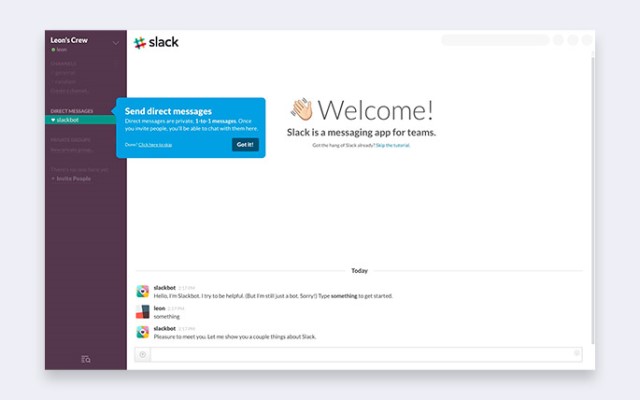
3. Personalization
Sets up your personal information and interests. This type of tours is used in apps and services rich with content – mass media services, social networks, and etc.
For example, Twitter offers new users a list of different topics about everything, and Apple Music asks to point our your favorite genres and musicians to form personalized playlists and collections.
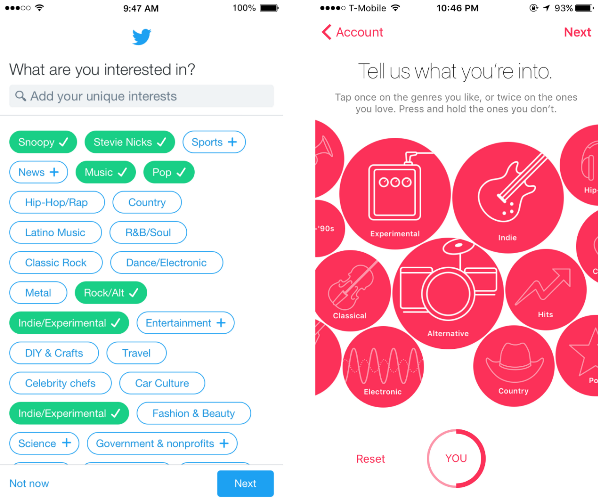
4. Tips
Contextual onboarding, it shows a useful for users advice at the right time in the right place.
A common mistake is to show all the tips at once, they are hard to remember, so it only confuses users.
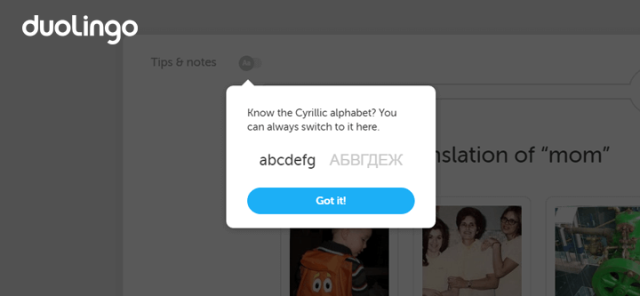
5. Blank screens
A User Interface element when you only see a blank screen with no content and direct instructions on how to add content.
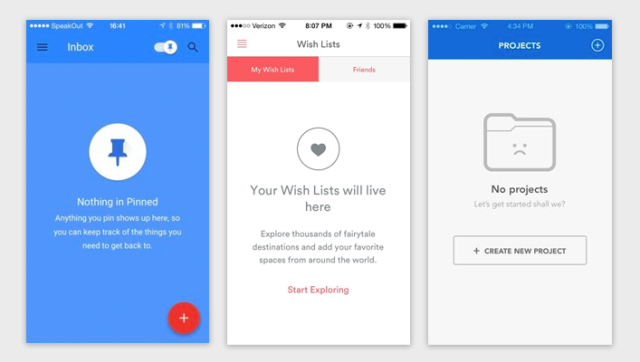
How to build an onboarding strategy
Before launching your onboarding tour on your first users, create a clear plan and set a specific goal, what you want your users to achieve with said tour
Remember that your service may have many clients, but you must be the only one for each of your clients. Make sure that each client is satisfied with the process and results of your onboarding tour.
- understand your users

Use your empathy skills and imagine yourself in your clients’ shoes: how they behave, what they are guided by, what can please them, and what repels them. Understand what problems they may get during the onboarding process and try to fix them.
- set clear expectations and demonstrate the value

Show your users the specific value of your service, they want to get. Each step of the onboarding tour should bring the client closer to this goal, so the client will strive to achieve it and it will be more difficult to stop by the difficulties that arise later on.
- keep in touch

In the first stages, it makes sense to supplement the onboarding process with email letters. Obviously, your new user goes to his mailbox much often than to your service where he just registered. Send letters to the client to remind yourself, encourage him to enter the service, complete filling out a profile or setting up the product and get closer to achieving the goal.
- strive to impress

Strive to delight customers with superior service performance. Let each step leave the user with only pleasant memories, a desire to continue to work with you further, to give you all their money and tell everyone they know about your service.
- track and measure your success, identify weaknesses

Gather customer reviews, identify different opinions and track key metrics to know what is effective and what can be improved.
Conclusion
With these two articles, you now have a general understanding of what an onboarding tour is, how it can be created and how it should be used. Or you can contact our Expert Team that can help you with integrating onboarding tours to your site too.
Let’s look through the main points of the onboarding process once again, so your client is satisfied with it and you are satisfied with your profit:
- define customer expectations in advance and explain to them the value of your product;
- reduce the time to see the first value;
- thoroughly know your client and his unique goals;
- understand what obstacles the client may encounter and eliminate them;
- lead the customer in small steps and always be in touch;
- work on the tutorials: break them down into several steps with simple instructions;
- do not forget about useful metrics;
- celebrate victories with the client so that he feels the result even at the very first steps.


